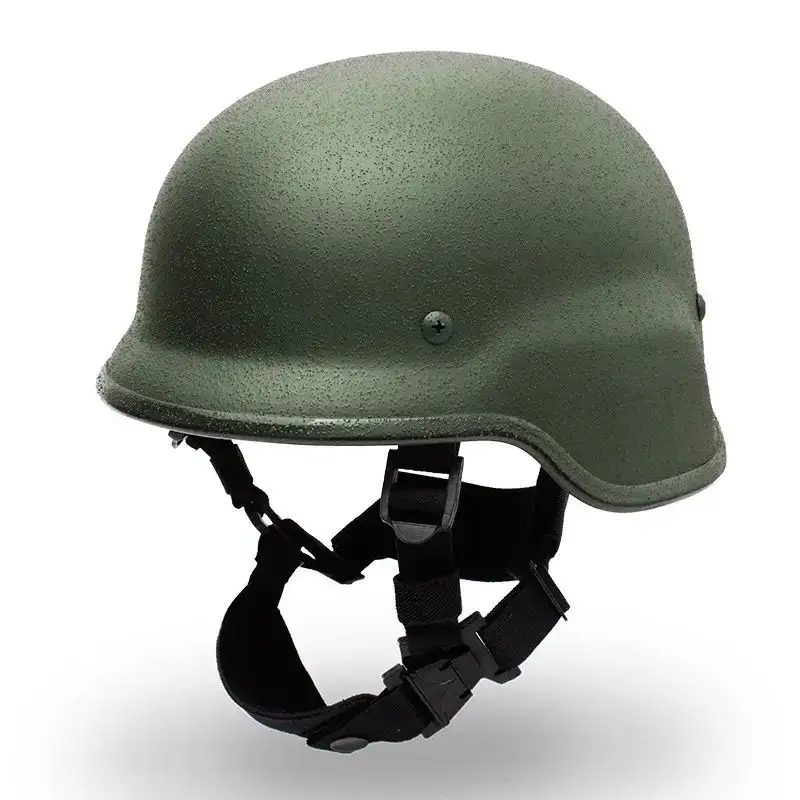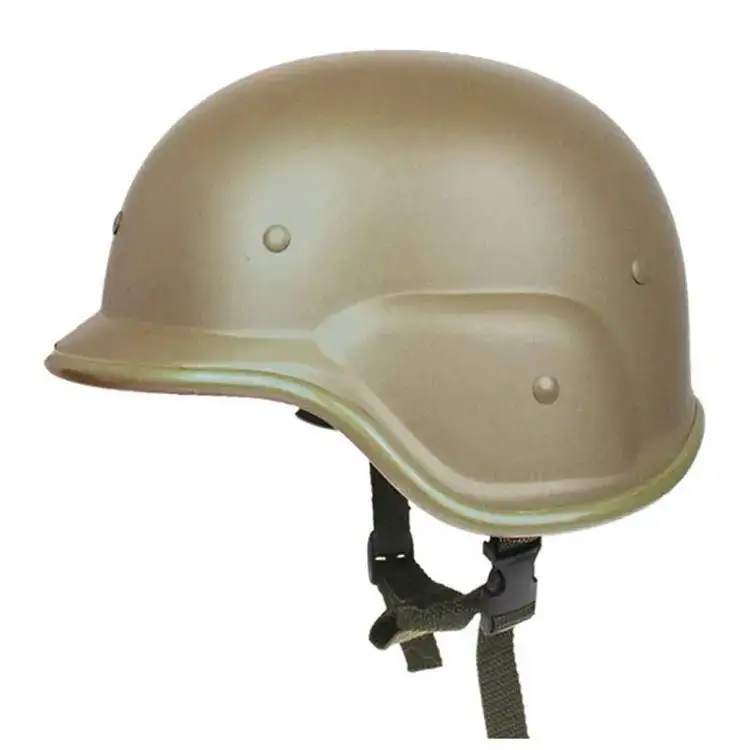The evolution of military helmets is a fascinating journey through time, reflecting the relentless pursuit of safeguarding warriors in the face of evolving threats and technologies. From ancient history to the modern battlefield, the design and materials of military helmets have undergone significant transformations to protect those who wear them.
Ancient Beginnings:
- Leather and Bronze: Early helmets, such as those worn by the Greeks and Romans, were made of leather and bronze. These provided basic protection against slashes and blunt impacts.
- Symbolism: Helmets in ancient times often featured intricate designs and decorations, serving both as protective gear and symbols of rank or identity.
Medieval Upgrades:
- Chainmail and Plate Armor: Medieval knights used helmets integrated with chainmail and later full plate armor, offering better defense against cutting and piercing weapons.
- Visors and Face Protection: Helmets evolved to include visors and face protection, enhancing overall safety during mounted combat.
Modern Advancements:
- WWI and Steel Helmets: The iconic steel helmets of World War I became a symbol of modern warfare. They offered protection against shrapnel and low-velocity bullets.
- WWII and Ballistic Helmets: World War II introduced ballistic helmets, designed to withstand higher-velocity bullets and provide improved head coverage.
Contemporary Helmets:
- Kevlar and Composite Materials: Modern military helmets are predominantly made of lightweight, high-strength materials like Kevlar and composite plastics. These materials offer superior protection while minimizing weight.
- Modularity and Attachments: Helmets have become modular, allowing for the attachment of night vision devices, communication systems, and other accessories to enhance combat capabilities.
- Advanced Ballistic Protection: Helmets today provide excellent ballistic protection against rifle rounds and fragmentation, making them an essential part of a soldier’s armor.
- Comfort and Ergonomics: The design focuses on comfort and fit, reducing strain during extended wear and accommodating communication headsets and other gear.
The evolution of military helmets is a testament to the commitment of armed forces to safeguard their warriors. It’s a fusion of historical legacy, technological innovation, and unwavering dedication to protecting those who serve in the most challenging environments.


